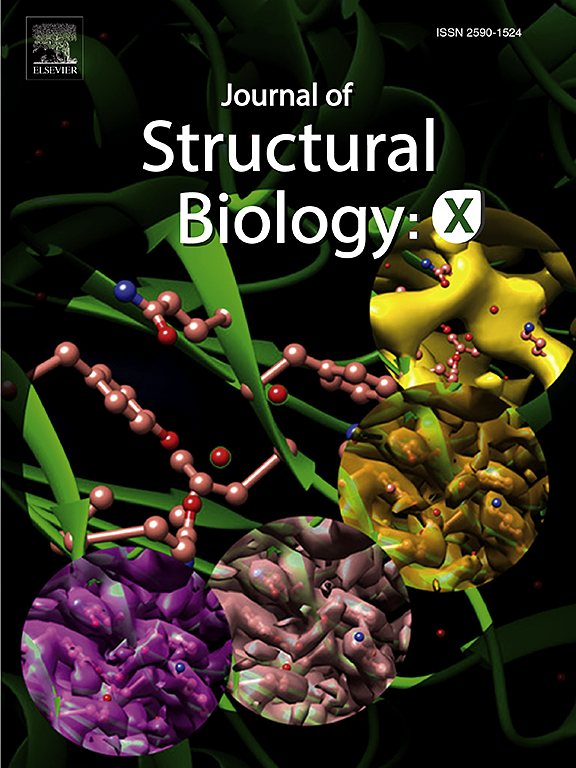Focused classifications and refinements in high-resolution single particle cryo-EM analysis
Abstract
Recent advances in cryo electron microscopy (cryo-EM) and image processing provide new opportunities to analyse drug targets at high resolution. However, structural heterogeneity limits resolution in many practical cases, hence restricting the level at which structural details can be analysed and drug design be performed. As structural disorder is not spread throughout the entire structure of a given macromolecular complex but instead is found in certain regions that move with respect to others and covering molecular scales from domain conformational changes up to the level of side chain conformations in ligand binding pockets, it is possible to focus the attention on those regions and the associated relative movements. Here we show how the usage of focused classifications and refinements provide insights into global conformational arrangements, exemplified on the human ribosome and on the cannabinoid G protein coupled receptor (GPCR), and how they can improve the local map resolution from an essentially disordered region to the 3–4 Å and finally to the 2 Å resolution range. A systematic analysis with variable spherical masks during focused refinement is presented showing that the choice of an optimal mask size helps refining to high resolution. This study covers several practical approaches on 4 examples illustrating how important mask size & shape and including neighbouring structural elements are for a focused analysis of a macromolecular complex. Such methods will be crucial for cryo-EM structure-based drug design of various medical targets and are applicable to single particle cryo-EM and electron tomography data.


 求助内容:
求助内容: 应助结果提醒方式:
应助结果提醒方式:


